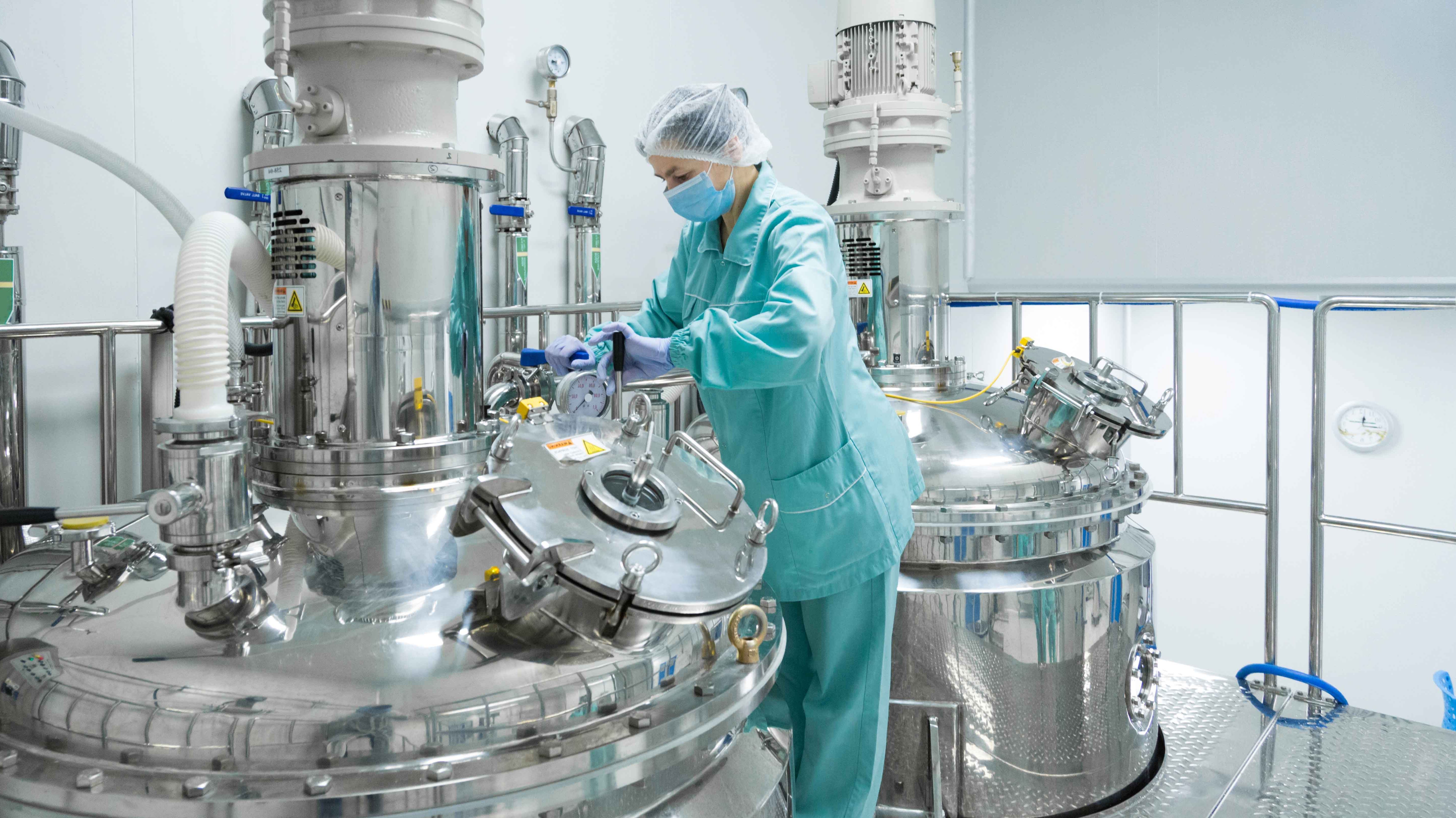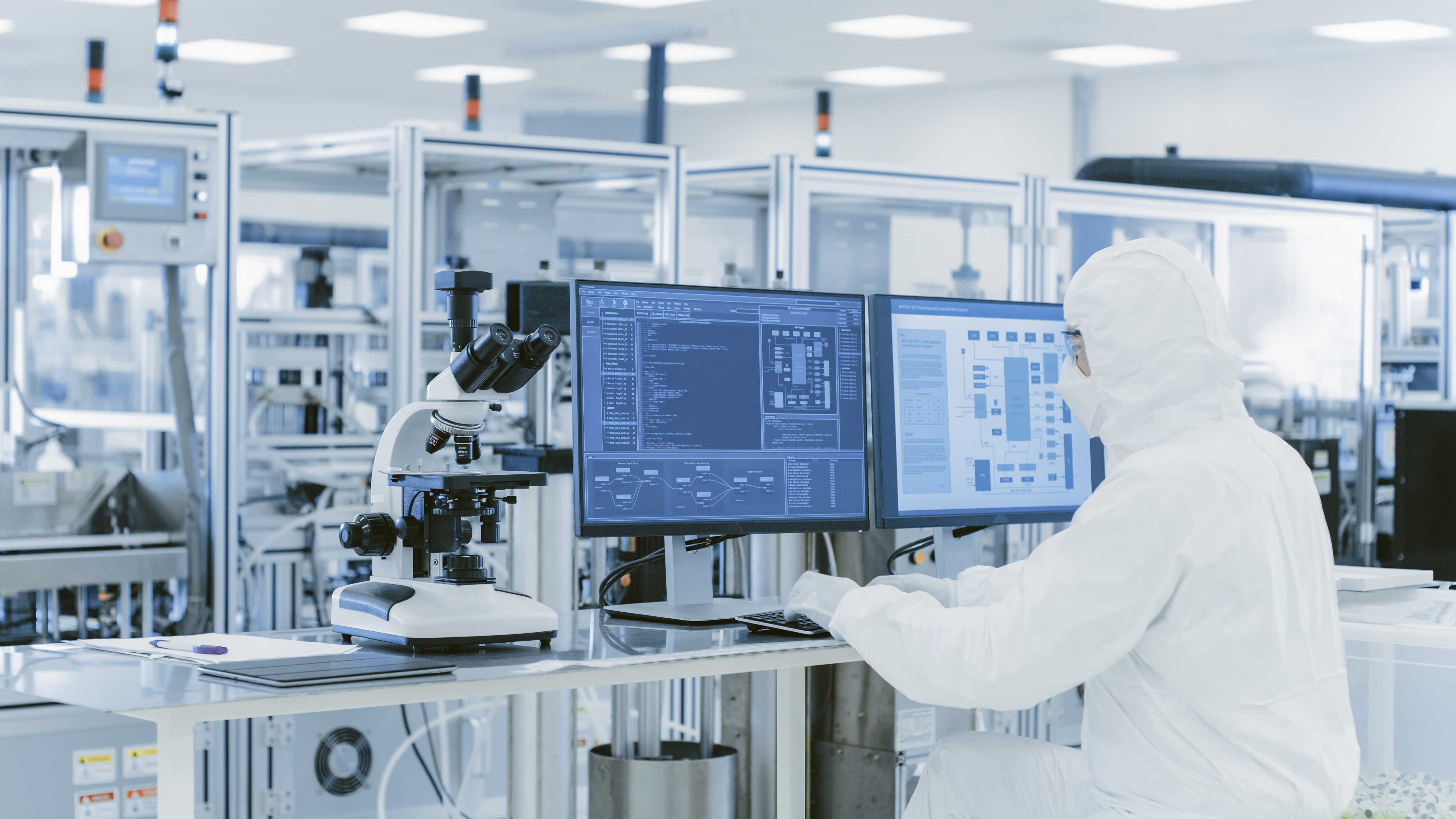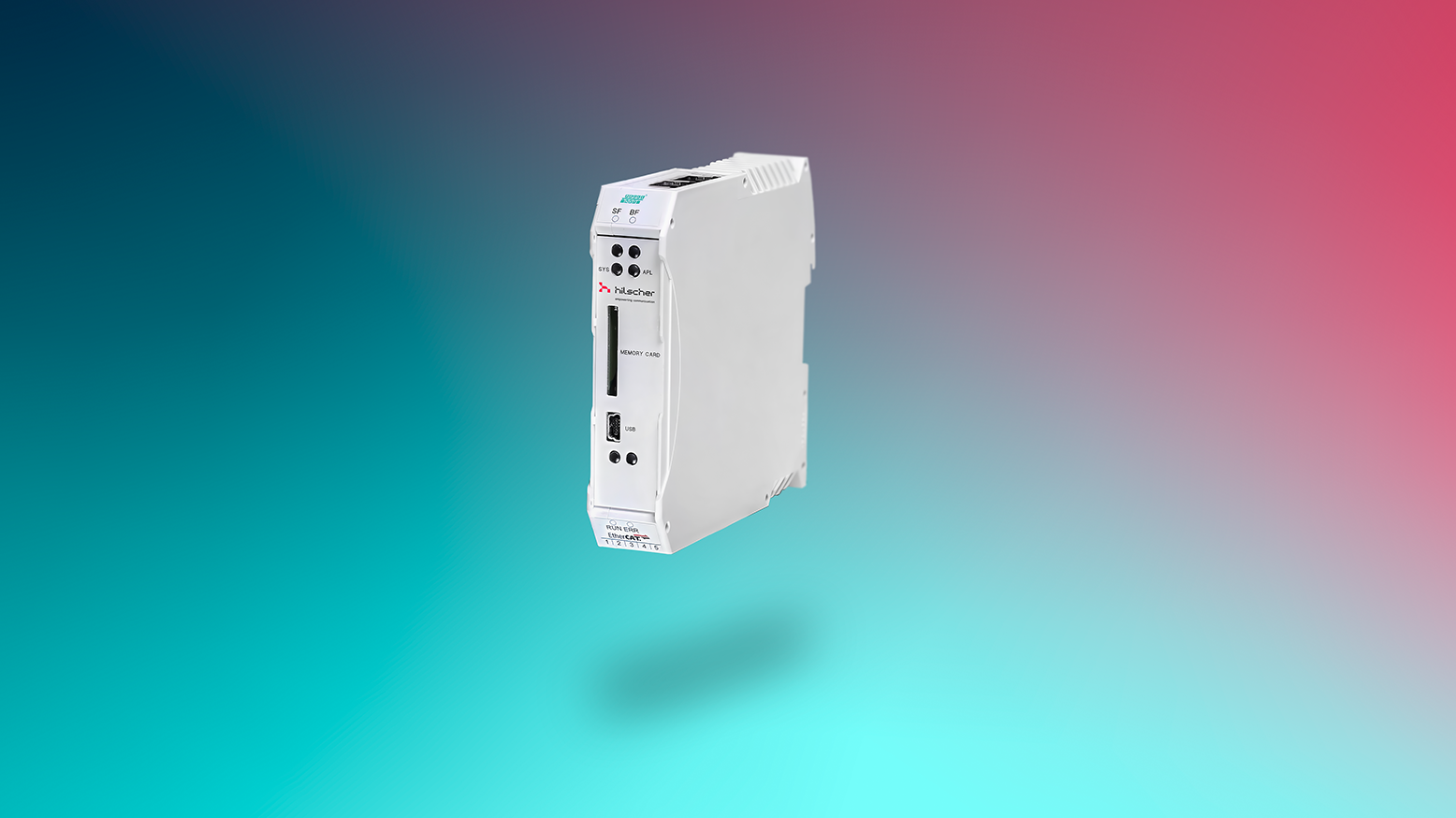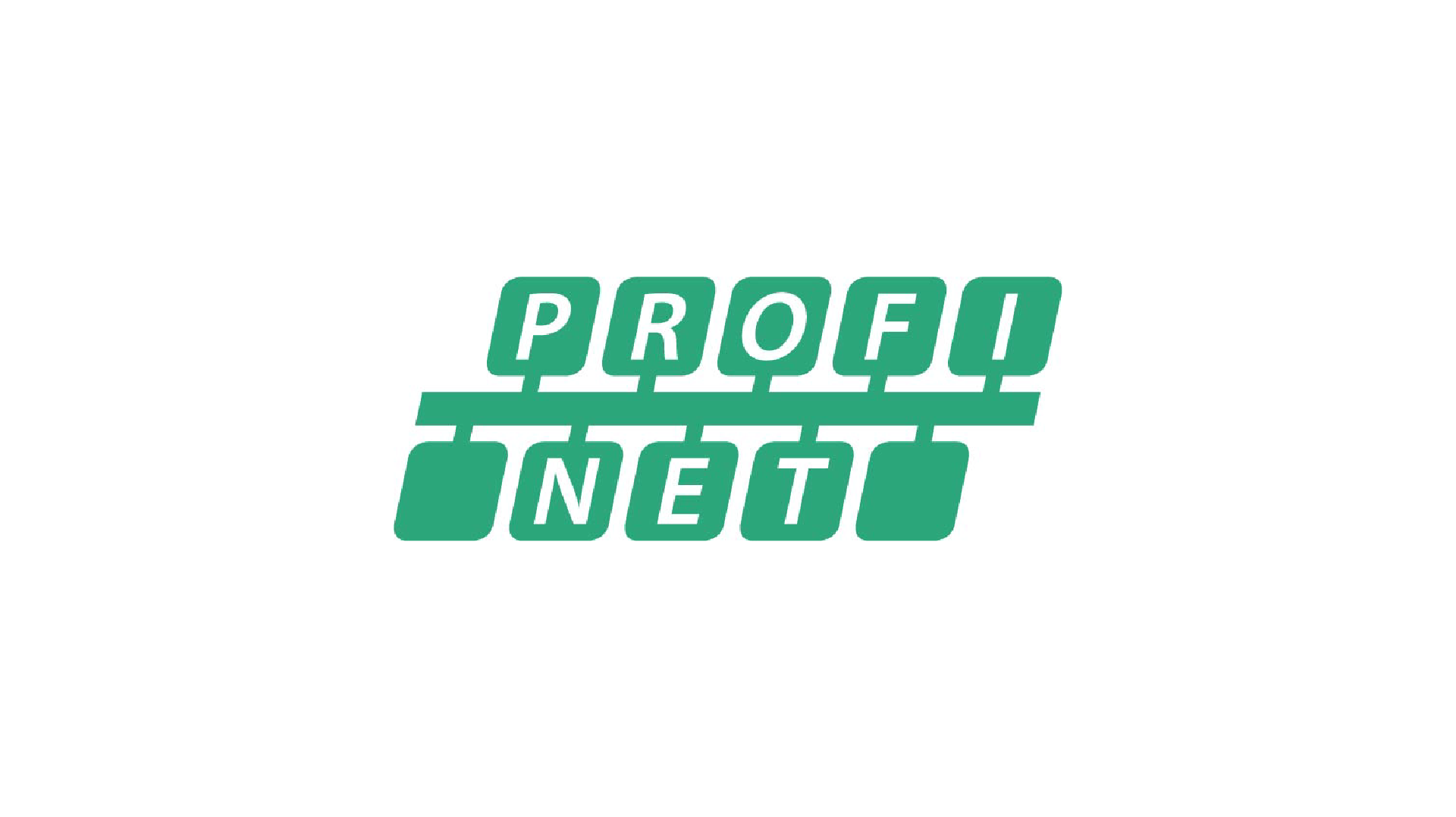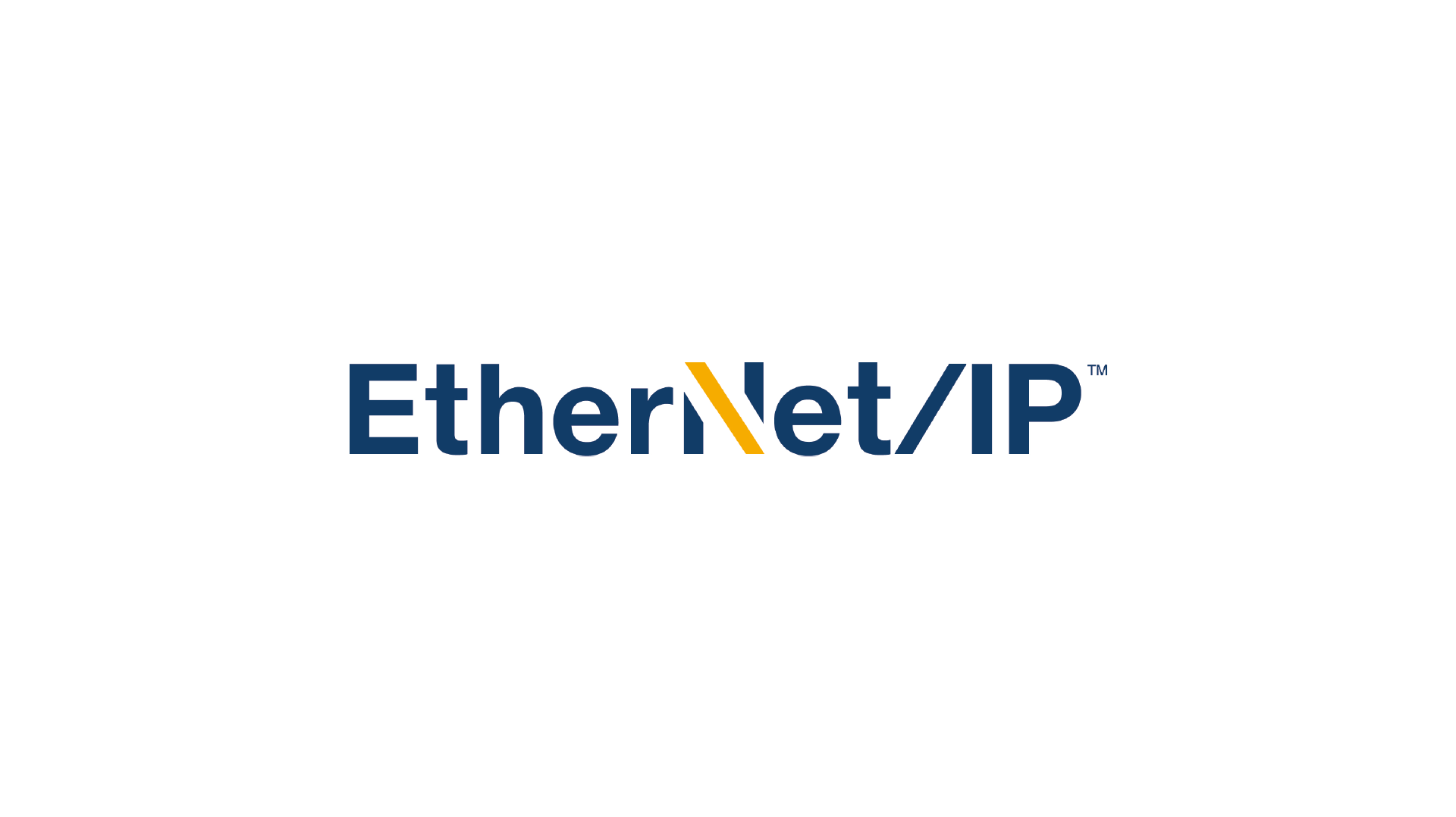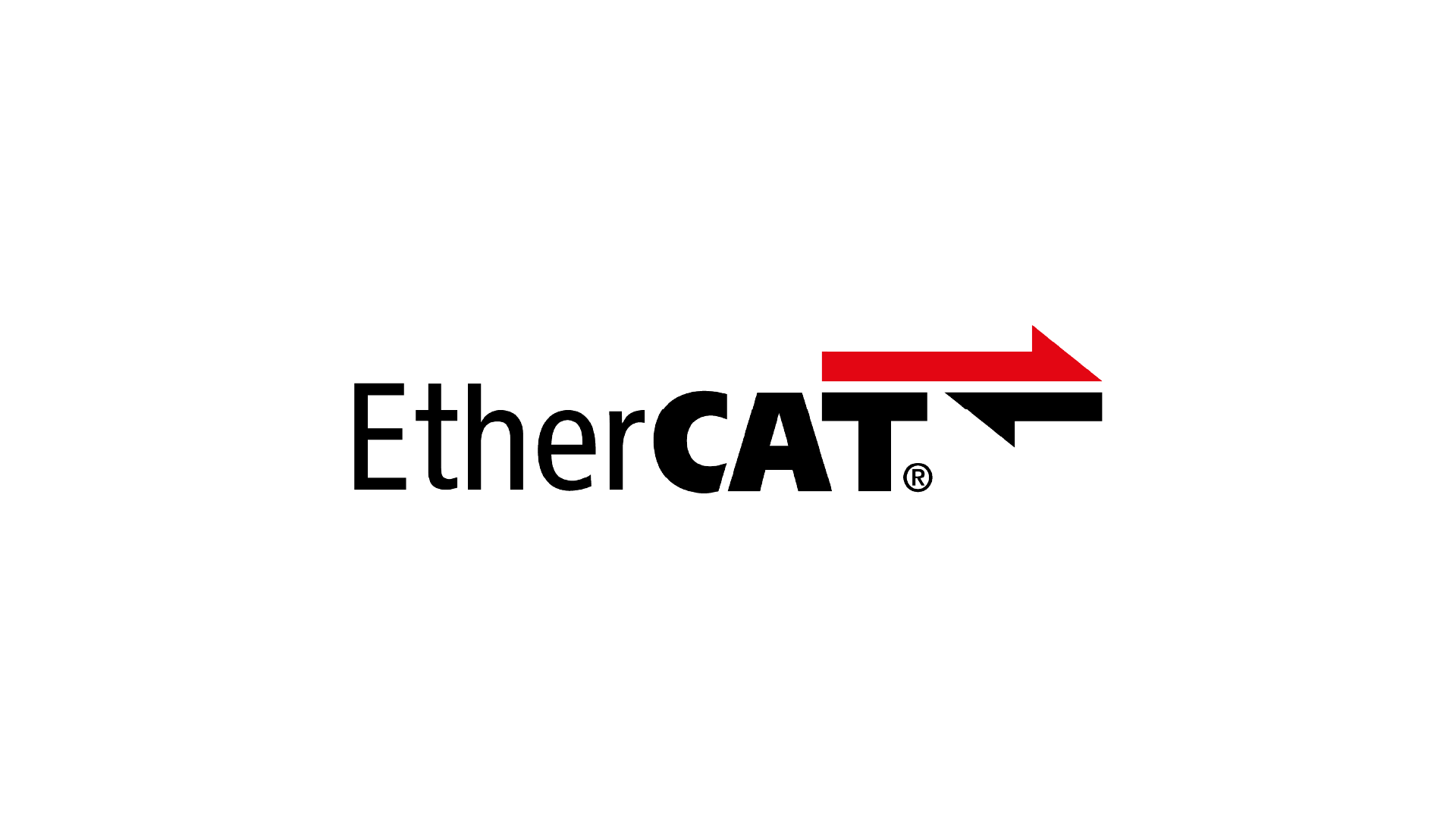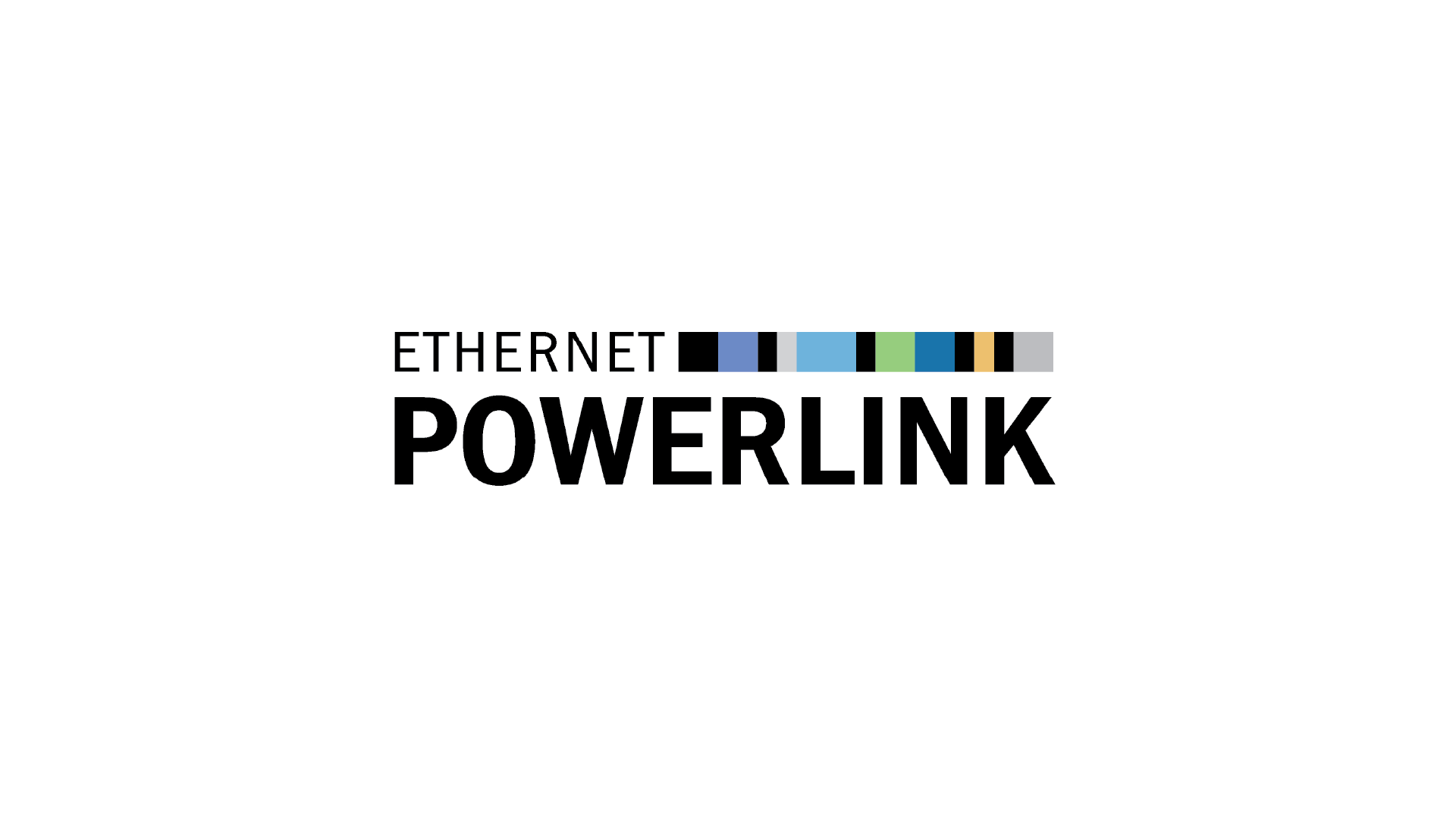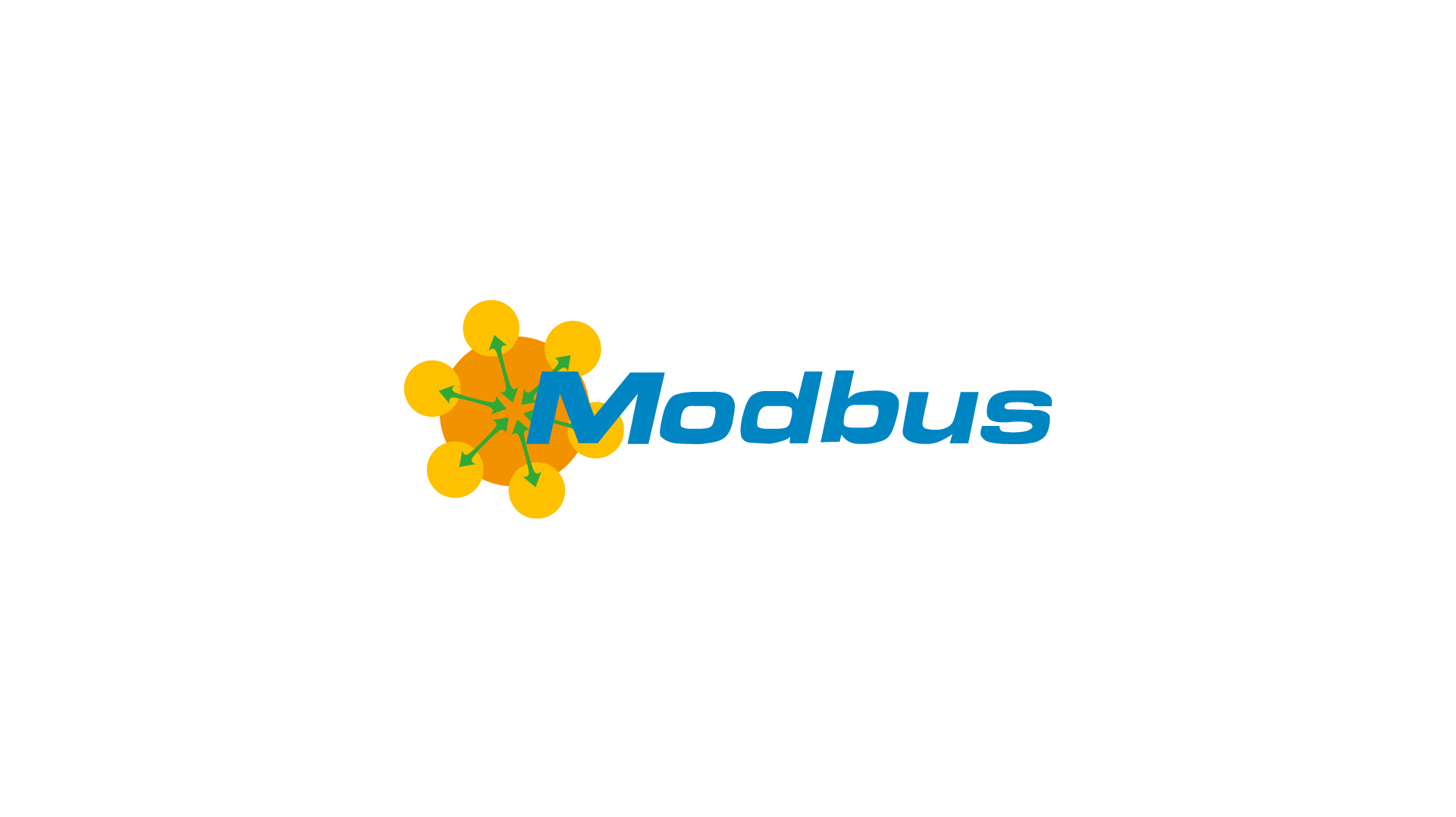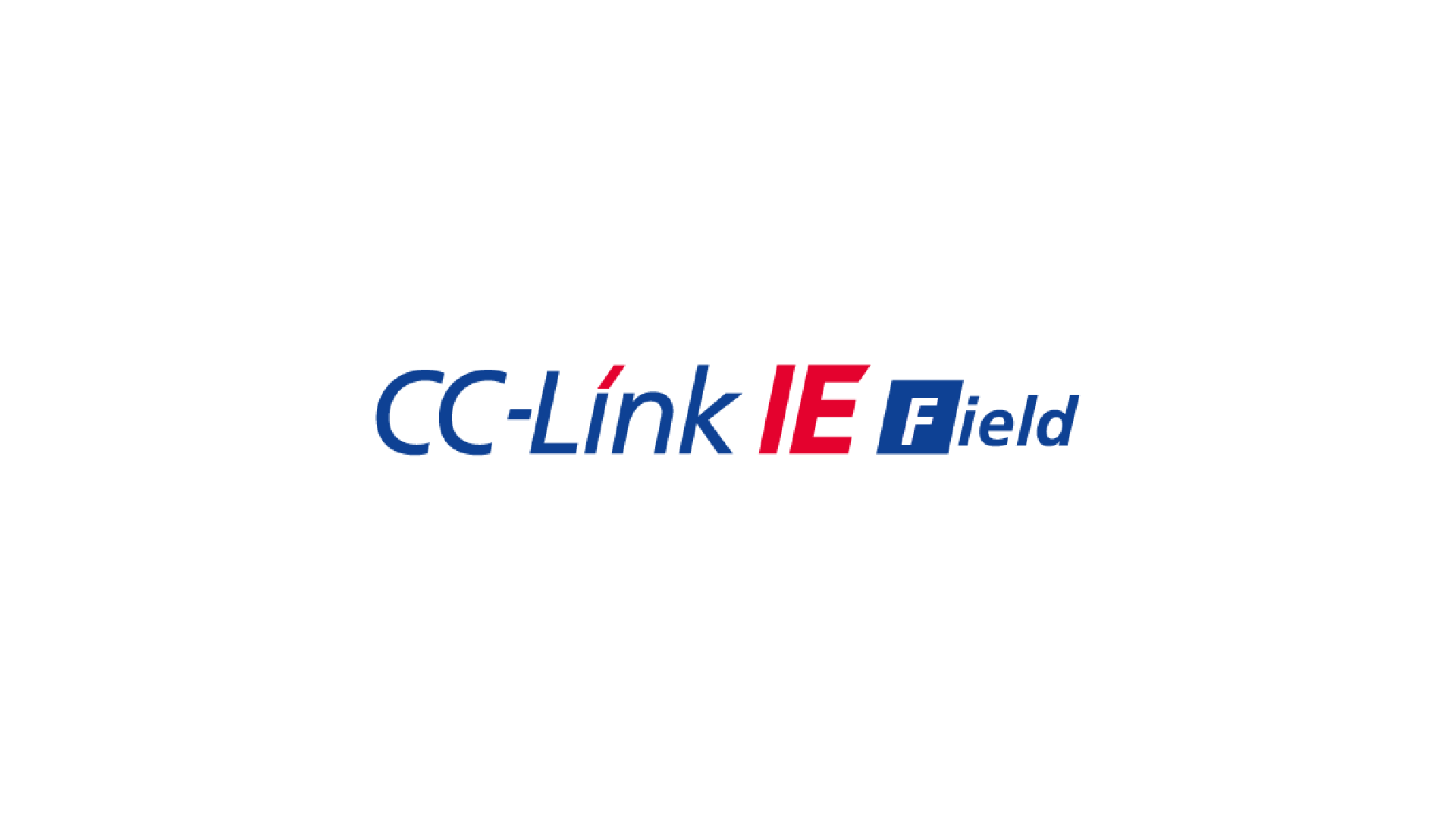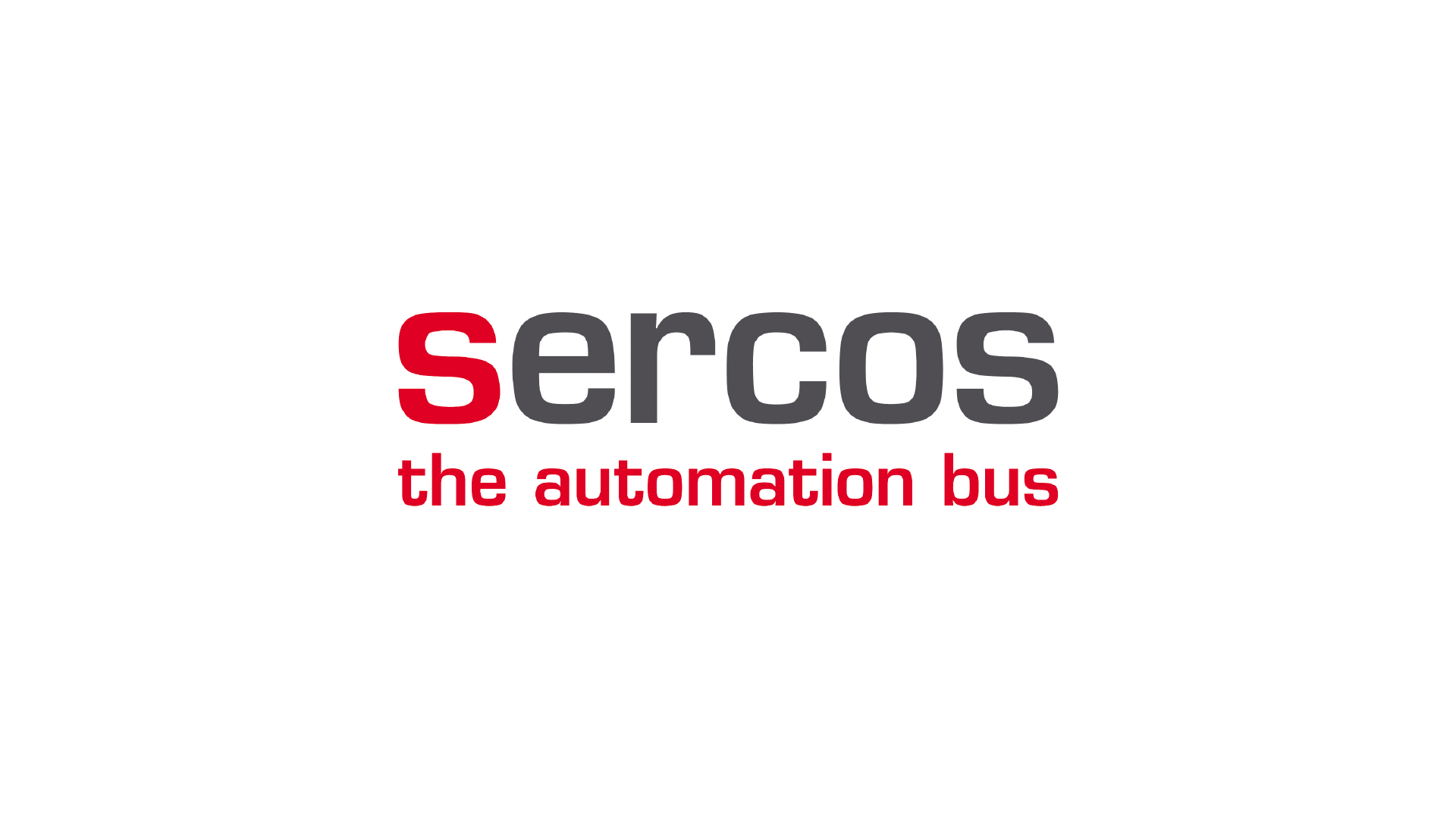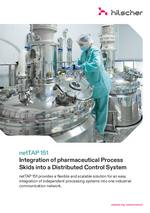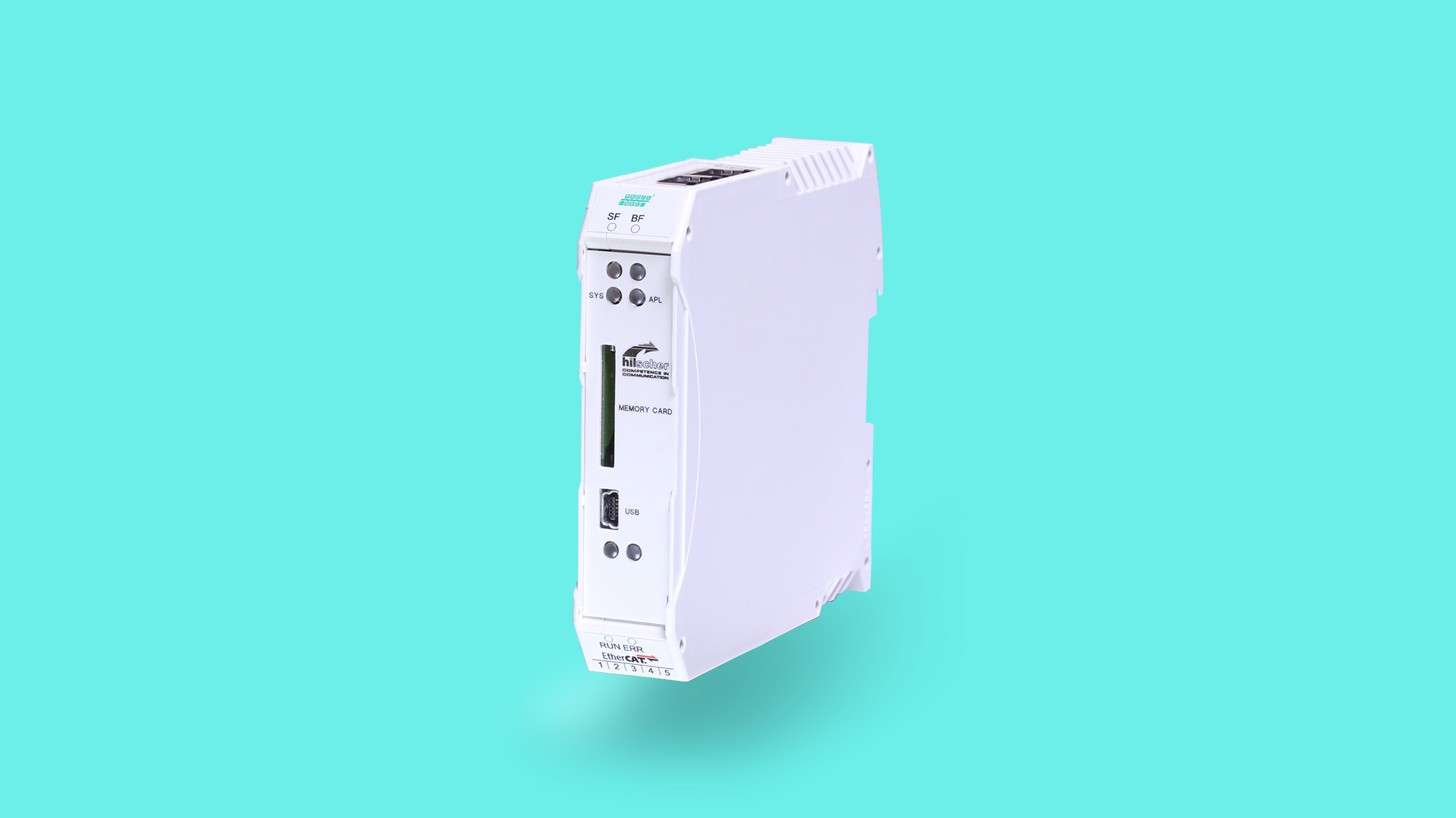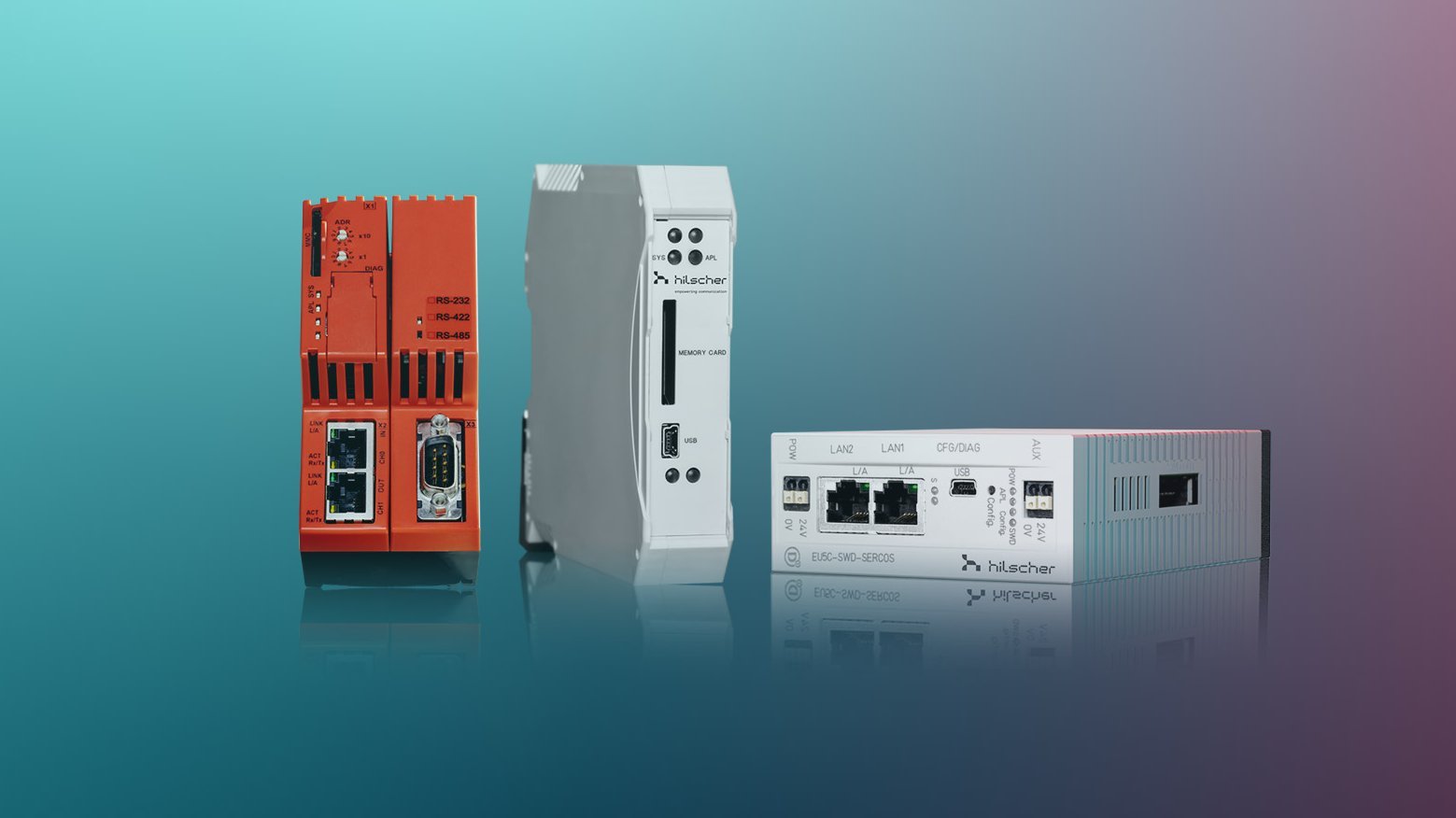The challenge: Access to historian data
The core business of one of Hilscher‘s customers encompasses products and engineering services for a wide range of industrial, commercial and customer markets, one of which is the pharmaceutical and chemical industry. With its in-house developed Distributed Control System (DCS), the system integrator offers one of the most important parts of a pharmaceutical or chemical production plant. Such DCS systems consist out of two major components:
-> Software to visualize, monitor and operate chemical processes
-> The controller, which directly influences the Process Skids and provides access to the internal data of the process
One major feature of the DCS is the accessibility of historian data of the processes, which enables operators of chemical plants to automatically generate signed batch reports, which are crucial for quality assurance in order to meet the high demands set in the pharmaceutical sector. Since this feature requires access to the process data such as temperature or pressure during specific stages of the manufacturing process, the extend and complexity of the DCS’ integration highly depends on the customer needs.
Translation between DCS and process skids
In a specific use case, a biopharmaceutical company from India wanted such a DCS to control various independent process skids from different manufacturers. However, the process skids were using PROFINET IO as communication protocol, while the DCS of Hilscher‘s customer was relying on Ethernet/IP, setting the task of combining these two types of devices.
